Jamun, or the Java plum, is an evergreen tropical tree, belonging to the Myrtaceae family. It is native to India, where it's used to make many desserts and delicacies. After all, Indian cuisine is famous for its use of spices and their unique combination in all kinds of cooking recipes.
This plant is often grown for decorative purposes, since its foliage is dense and provides appropriate shade during the hot days of summer. It was used in ancient times as a medicinal treatment for a number of diseases. In most areas of Asia it is planted near Hindu temples because it is considered a holy plant - sacred to Krishna.
Its fruits grow during summer and are similar to olives. They are egg-shaped, initially green but when they ripen they turn black. They are mostly sweet to the taste and upon consumption color the tongue purple.
Jamun fruits are used in India to make the country's most famous sweet treat - Gulab Jamun.
The plant is widespread in India, Bangladesh, Nepal, Pakistan, Sri Lanka, Malaysia, Indonesia, the Philippines. It was brought to the US and Brazil by Portuguese immigrants and colonists, respectively.
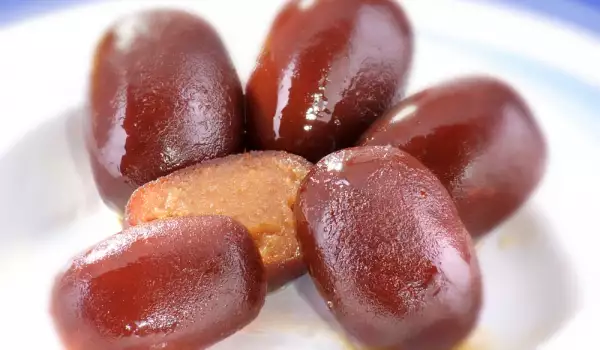
The plant is rich in proteins, minerals, vitamins. It contains proteins, tannins, starch, fatty acids, raw fiber and more.
The fruits, in turn, are rich in glucose, petunidin, raffinose, fructose, citric, malic and gallic acids, anthocyanins, delphinidin-3-gentiobiosides, petunidin-3-gentiobioside, cyanidin diglucoside and malvidin.
Jamun has antioxidant, anti-inflammatory, anti-bacterial, diuretic, neuropsychiatric, anti-diarrheal, antimicrobial and a bunch of other properties.
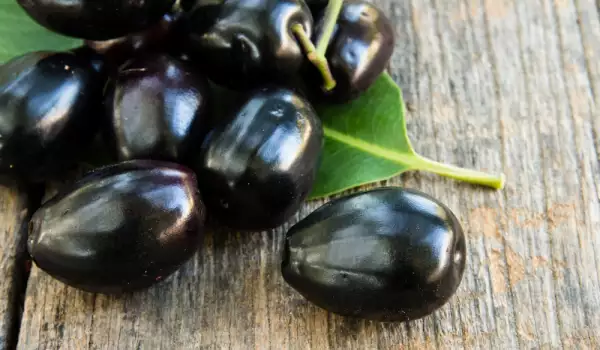




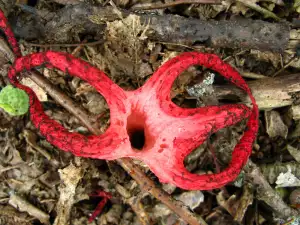



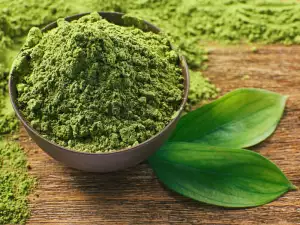
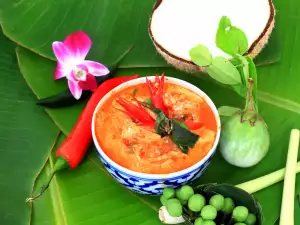
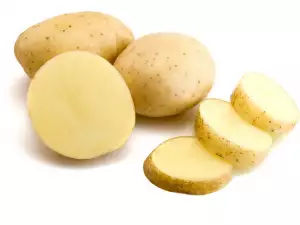

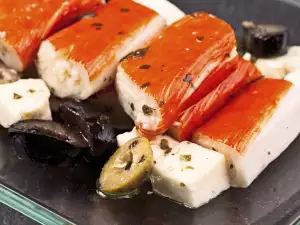
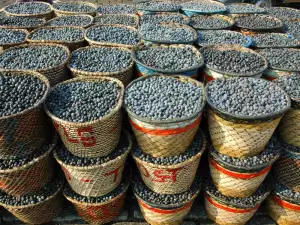
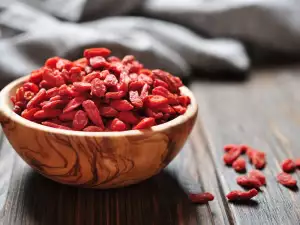


Comments